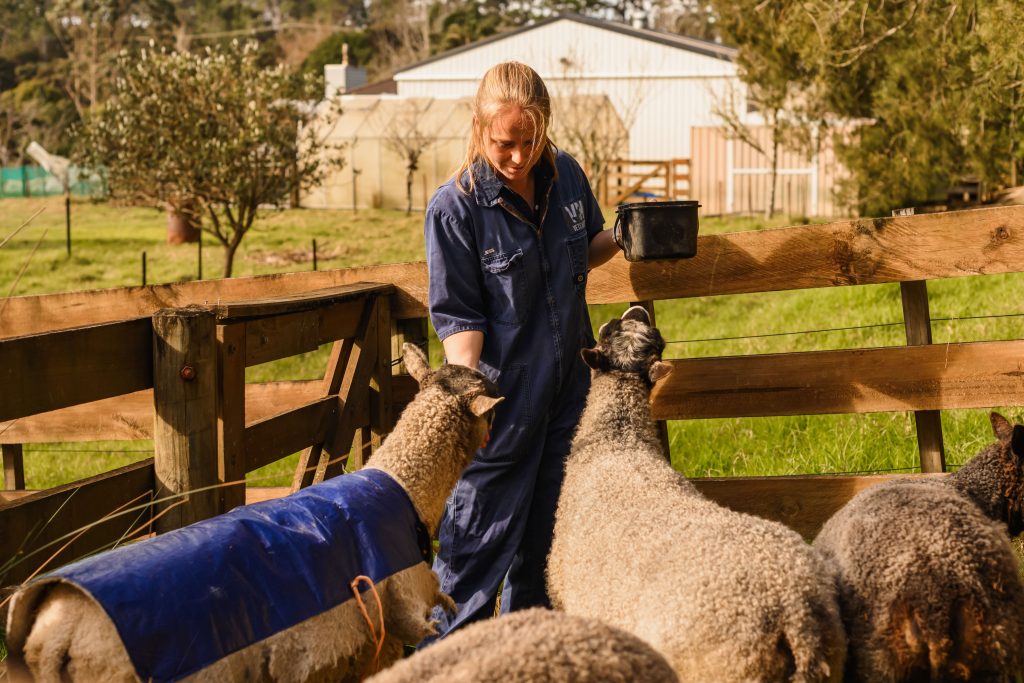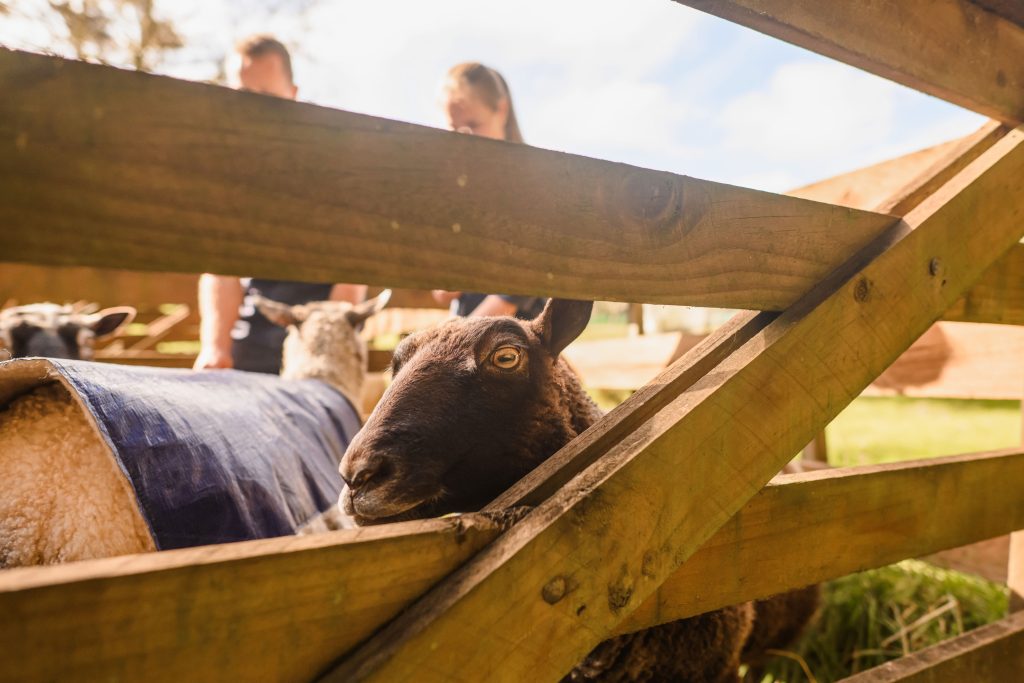Abomasal Bloat in lambs

Understanding Abomasal Bloat
The abomasum is the fourth stomach in ruminants like sheep. In young ruminants, milk is diverted directly to the abomasum rather than the rumen, where feed will end up once they start grazing. Abomasal bloat occurs when gas produced in the abomasum cannot escape, causing it to inflate like a balloon. This pressure can affect other organs and potentially cause the abomasum to rupture. This condition arises when certain bacteria in the abomasum combine with sugar from a milk diet, rapidly producing a large amount of gas.
What to Do if Your Lamb is Bloated
If your lamb is already bloated, give us a call! We can pass a needle into the stomach to remove the excess gas. Sometimes antibiotics and anti-inflammatories may aid recovery.
Preventing Abomasal Bloat: Yoghurtising Milk
The best way to prevent bloat in lambs is to feed ‘yoghurtised’ milk replacer. This method reduces the amount of sugar available to bacteria in the gut and provides probiotics (beneficial bacteria) that compete with harmful bacteria, preventing them from overpopulating the gut. Feeding this mixture cold also slows the breakdown of any remaining sugars, further reducing the risk of bloat.
How to Prepare Yoghurtised Milk
There are various recipes for yoghurtising milk, but a practical approach is to prepare 5-7 days’ worth at a time, as the mix won’t last much longer than that in the fridge. Here’s a simple method:
- Mixing Ratio: Add live acidophilus yoghurt to the milk at a ratio of 1:7.
- Incubation: Store the mixture in a bucket in a hot water cupboard or a chilly bin with a hot water bottle for 12-24 hours.
- Storage: After incubation, store the mixture in the fridge. Use 200mL from this mix as a starter for your next batch. It’s helpful to have two buckets so you can start the next batch before the first is finished.
- Volume Consideration: Ensure the bucket can hold twice the volume you’re putting into it to prevent any messy explosions in the hot water cupboard.

